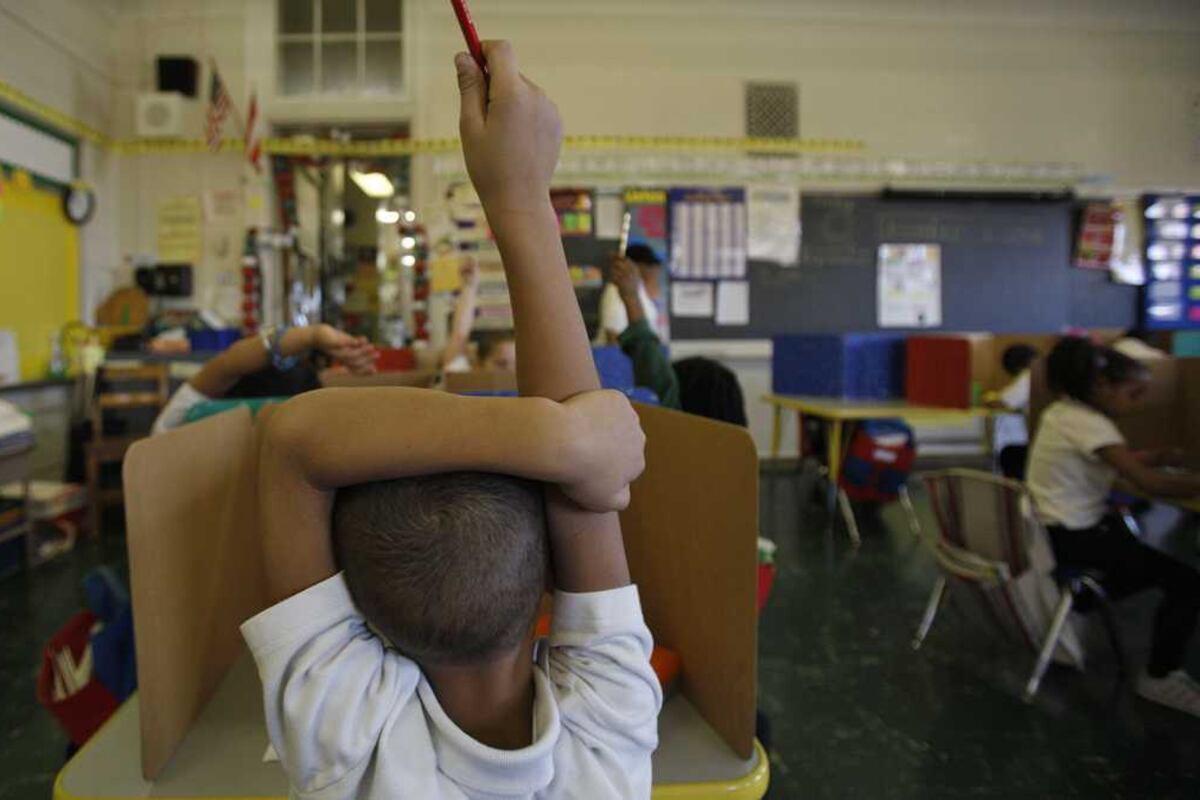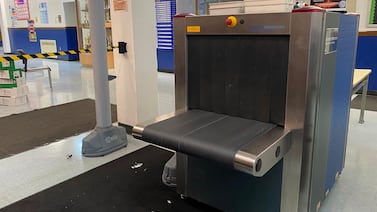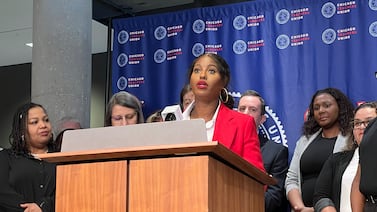The city’s high-achieving schools enroll drastically higher numbers of white and wealthy students than the district as a whole, according to a new report released Wednesday by the Philadelphia School Partnership.
Overall, 60% of Philadelphia kids attend low-achieving schools, with Black and Latino kids overrepresented at the lowest-performing schools, according to the PSP report. And low-income areas, like North and West Philadelphia, are home to fewer high-ranking schools than wealthier neighborhoods.
The data “affirms the landscape that many people probably would have expected,” said David Saenz, PSP’s spokesman.
The report, based primarily on state standardized test scores, uses the last three years of publicly available data to measure achievement, academic growth rates, and enrollment patterns in schools with kindergarten to eighth grade. High schools were excluded from the analysis because they administer different standardized tests. Elementary and middle schools use the Pennsylvania System of School Assessment or PSSA.
The study’s analysis breaks the city down into 13 regions that correspond with areas studied under the district’s comprehensive school planning and review process. That process was initiated to determine enrollment and demographic patterns and look at potential school closures or consolidations, but it was suspended due to the pandemic.
On PSP’s interactive map, users can click on each region to see how many schools fall into the “low achieving,” “average achieving,” and “high achieving” categories, with detailed enrollment statistics appearing below the map.
High-achieving schools are defined as those that meet or exceed average rates of students scoring proficient or advanced on the state standardized tests, compared with other schools in Pennsylvania. Schools marked as average scored below the state average but higher than the Philadelphia average. And schools marked as low achieving scored below the Philadelphia average on state tests.
Schools with high test scores are those with the most affluent students, according to the report. That’s often the case when standardized test scores are used as a measure of school quality. But, the report shows that many low-achieving schools also demonstrate academic growth — often considered an important measure of school quality.
More than half of the low-achieving schools in the district were deemed “high growth,” which was defined as showing “significant evidence the schools exceeded the standard of growth for Pennsylvania,” the report said.
Overall, 39% of Black students in the city were enrolled in low-achieving but high-growth schools. Seven of those schools saw test scores spike by more than 10 percentage points in the past five years.
A much smaller group of schools occupies the low-achieving, low-growth category, and most of those schools are located in Northwest Philadelphia and Olney, which are nearly the lowest-income regions in the study. The report calls this group of schools the most “concerning,” but Saenz notes that many high-growth, low-achieving schools are still well below the standard.
“In most instances, the growth is not translating into meaningful achievement gains,” he said.
The report also shows a stark difference in school quality along regional and racial lines. One region in the Northeast has as many as seven high-performing schools, while other regions have no high-achieving schools at all. And there are three times as many white students as Black students at high-achieving schools, even though Black students outnumber white students in the district by a margin of 4 to 1.
That data is reflected in enrollment statistics. There are close to 30,000 unfilled seats in low-achieving schools — with more than half of those unused slots located in North Philadelphia, which is majority Black and low-income. Some wealthier schools, like Penn Alexander in University City, are so overcrowded that they don’t have room to enroll every student who lives in the catchment area.
While this report doesn’t evaluate high schools, Masterman and Central, selective-admission schools and the top-performing high schools in the city, have seen their Black populations plunge in recent years. The percentage of Black students at Masterman hovered around 50% for most of the 1990s, and now is 15%. Central’s Black population has plummeted from 33% to 20% in the past decade. (Some students who had previously identified as Black could be included in a more recently introduced multi-racial category.)
Over the summer, students and alumni from both schools demanded that the district and the schools’ administrators work to diversify the student population. And both school principals responded, promising to rethink admissions criteria. Admission to the schools is heavily test-score based and depends, in part, on the quality of students’ elementary education.
PSP is a proponent of school choice and advocates for charter schools. The organization has donated $80 million to Philadelphia’s private, charter and district schools since 2011.
The district did not respond to request for comment.
Tamir Harper, Executive Director of UrbEd and a former Philadelphia public school student, said he found it “problematic” that the report placed a heavy emphasis on standardized tests.
“Standardized tests are traditionally built [around the idea] that nothing happens in the classroom except taking tests,” Harper said.
Lisa Haver, co-founder of Alliance for Philadelphia Public Schools, criticized the report for similar reasons.
“It’s pushing a system where schools and students and teachers are judged by standardized test scores and that has been a major part of the drive toward inequity,” Haver said.
Saenz acknowledged that the data doesn’t indicate that charter schools in low-income neighborhoods perform better as a group than district-run schools.
And he emphasized that school choice in Philadelphia goes beyond families leaving the district for charter schools, noting that in some areas of the city only half the students in neighborhood schools are from that school’s catchment.
He said half of K-8 students attend “schools of choice,” which are those schools that a student selects outside of their neighborhood.
“If something is surprising, it may be surprising that the city has that many students who do not attend their neighborhood school. Obviously that would make sense that students are more likely to opt out of their neighborhood school if it is low achieving.”
Although the report concluded that Philadelphia has too few high-achieving schools, Saenz said that much more goes into determining high-quality schools than test scores, including the availability of extracurricular activities, whether or not there are police and metal detectors in the buildings, and the availability of sports and special programs. Families, he said, have to make informed decisions based on a range of factors.
“Our purpose was to start a conversation,” Saenz said.
Dale Mezzacappa contributed to this report.






